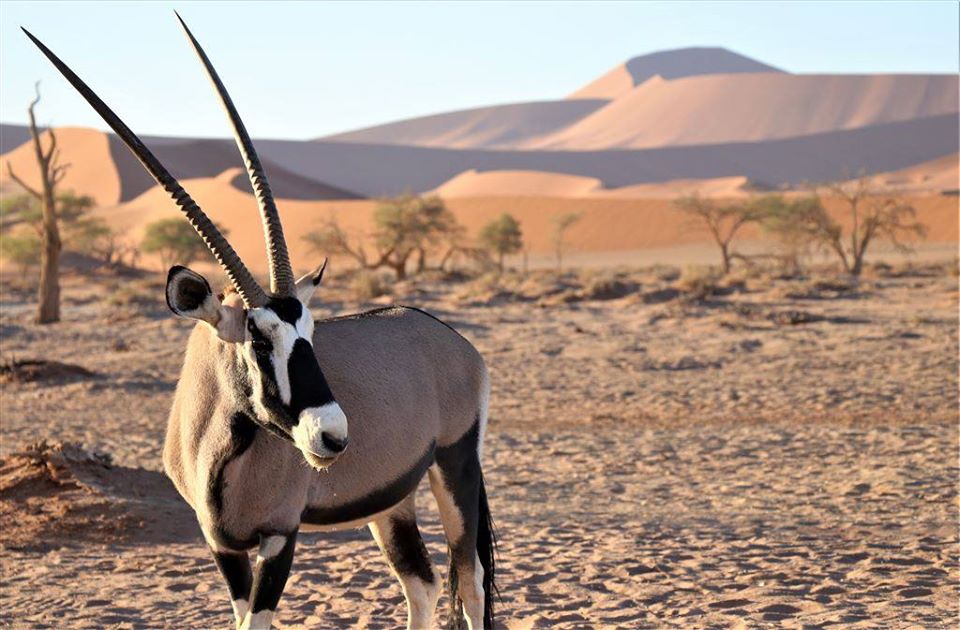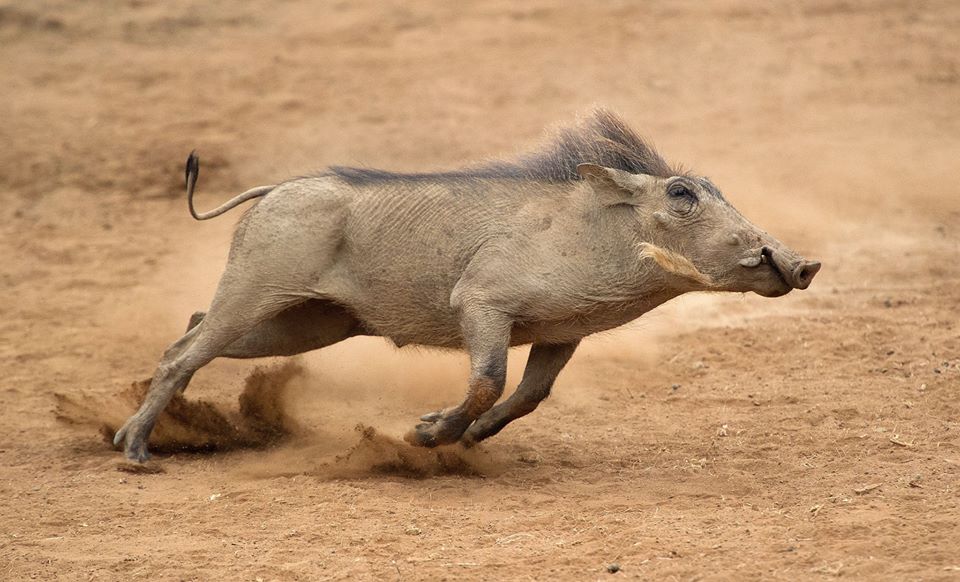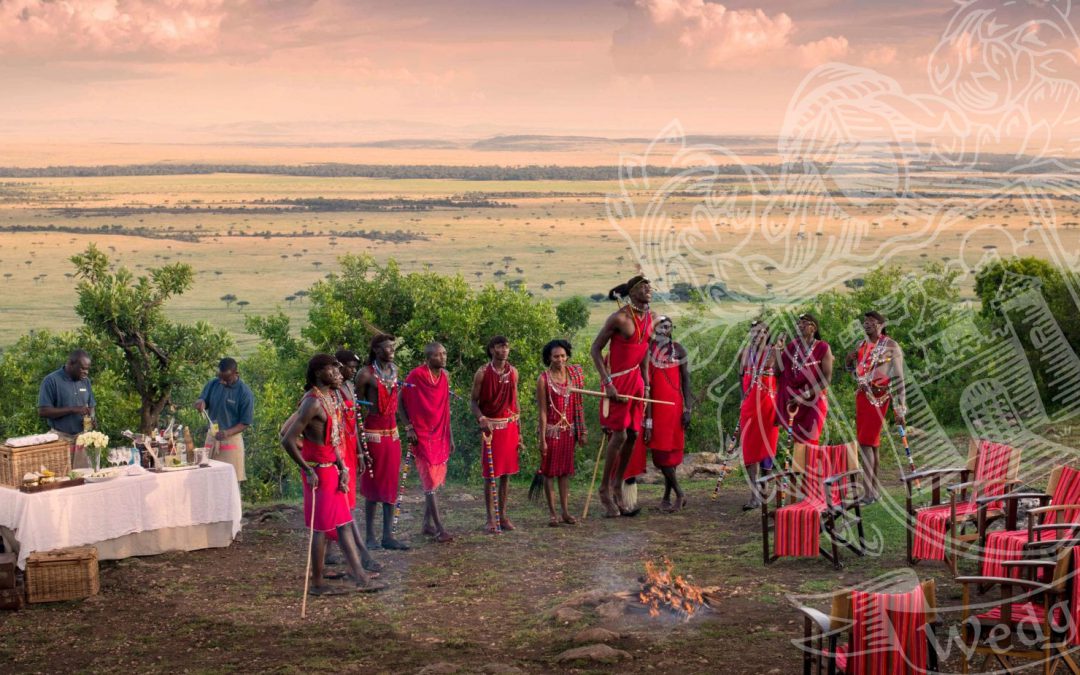As we all have been rudely and suddenly tossed into the deep end and uncharted waters. Some feel like they are drowning, some just floating and going with the flow; others are like professional swimmers and taken this epidemic as another challenge they must conquer.
What we don’t all realize in all our chaos is that this COVID-19 practise called social distancing is an old requirement, tradition and instinct in many African Tribes and animals which is ingrained in their DNA or taught through their culture.
Stay with us while we take you through some awesome educational adventure through the eyes of Wedgewood staff themselves and a world some don’t even know exists. We hope this journey will bring you closer to some of the wonders of the world, our experiences and more while we all practise our social distancing.
Here are some beautiful animals who practise isolation / social distancing and who we can learn from.

Leopards
Leopards are the least social – and perhaps the most beautiful – of the big African cats. They usually keep to themselves, lurking in the dense riverine bush or around rocky hills, emerging to hunt late in the afternoon or at night.
Male and female leopards spend only a brief time together while they are mating and then go their separate ways. The female will then raise the cubs on her own. Leopards can survive for long periods without drinking, satisfying all their moisture needs from their prey.

Gemsbok (African Oryx)
Pregnant females leave the herd before giving birth. The gestation period lasts 270 days, and mothers give birth to 1-2 offspring. The calf remains hidden for six weeks after birth, after which mother and calf rejoin the herd. The calf is weaned at 3.5 months, becomes independent at 4.5 months, and achieves sexual maturity at 1.5–2 years in both sexes.

African Warthog
Warthogs live in family groups that consist of a female and her young. Sometimes, two families, often of related females, will join together. Males usually live alone, only joining these groups to mate.
Before giving birth to a new litter, the female will chase away the litter she has been raising and goes into isolation.
This abandoned litter may join up with another solitary female for a short time before they go out on their own.

African Elephant
Adult male elephants are solitary in nature but may associate with other bulls (adult males) in small, unstable groups. Males will leave the family unit (natal unit) between 12 and 15 years of age.
Although primarily solitary in nature, bulls will associate with non-natal family units (family units to which they are not related). Bulls do not have preferences for specific family units and will randomly move to different groupings daily and even hourly looking for reproductively receptive females.
The bulls’ wandering social system allows them to maximize reproductive potential. With this system, a single bull can potentially find up to 30 mates in a year, as opposed to fathering four calves in three years, if he associates with only one family unit.
We hope that you have enjoyed this educational newsletter, please stay subscribed so that we can send you more information, news, wonders of our destinations and more.
The Wedgewood South Africa Team

